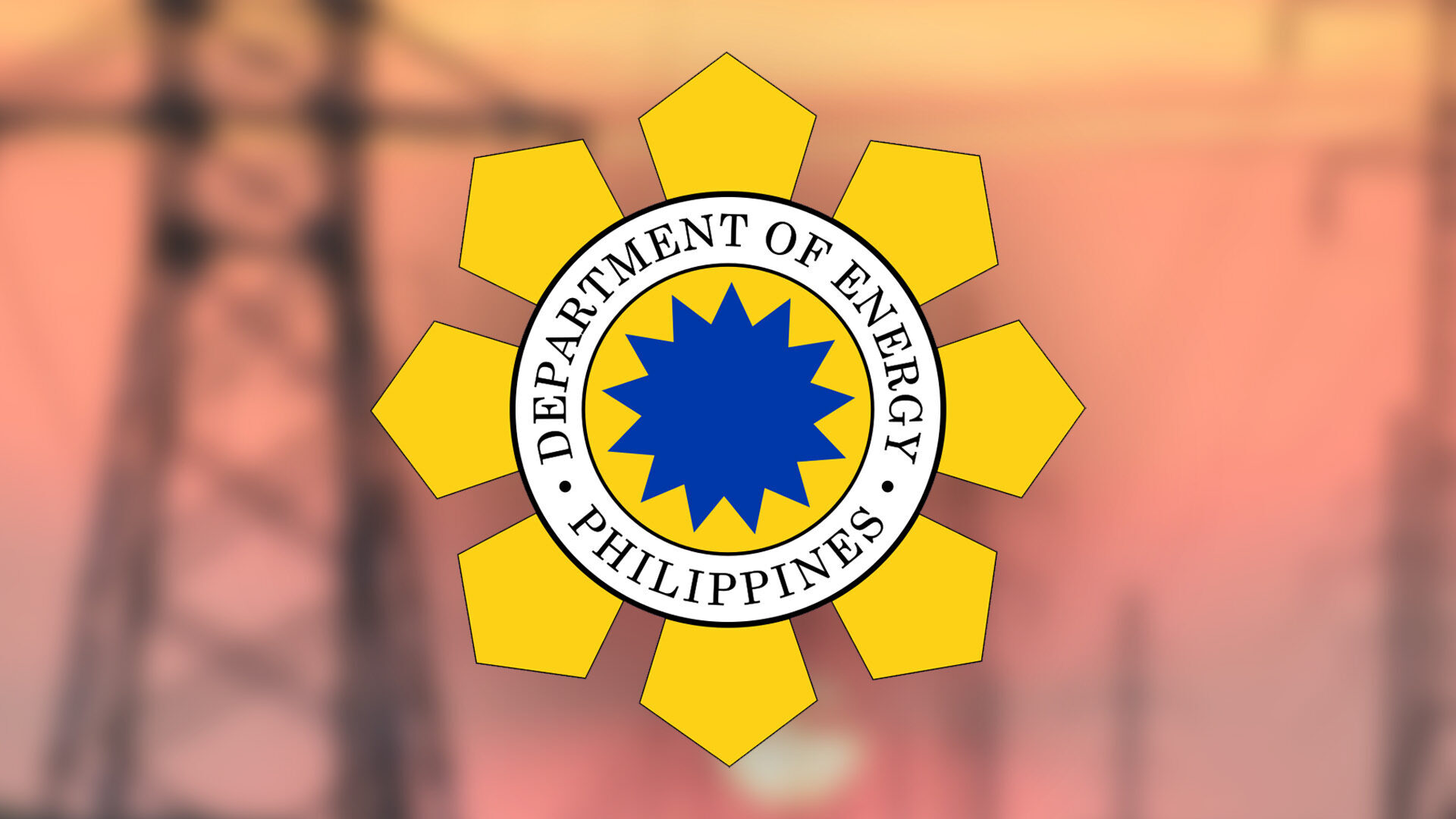The Philippines, being a net importer of fuel, still has plenty of room to grow in terms of delivering an energy-secure landscape for the people.
Energy Secretary Raphael Perpetuo Lotilla, however, said he is optimistic the country can achieve its targets, guided by the Philippine Energy Development Plan, hopefully within the Marcos administration.
“On a scale of one to 10, with 10 representing 100 percent energy security, and we are importing 56 percent, I place that at around five then.
“But it can even be lower because our ability to respond to extreme events and natural disasters still needs many improvements,” said Lotilla Tuesday in an interview on Straight Talk, Daily Tribune’s online show.
He added: “Now one way of addressing this of course is through the diversification of sources, primarily indigenous, and that’s where renewable energy comes in.”
According to Lotilla, the government’s push to increase the share of renewable energy in the country’s power mix is a driving force that would help deliver its targets.
Lotilla, who was also the Energy secretary during the term of former President Gloria Macapagal-Arroyo, noted that the country’s clean energy take-up had dwindled over time.
Last November, the Department of Energy amended a section of the Implementing Rules and Regulations or IRR of the Renewable Energy Act of 2008.
Energy mix
To guide the government in reaching its targets, the DoE has set a target of 35 percent share of renewable energy in the country’s energy mix by 2035, increasing it further to 50 percent by 2040.
Heavy reliance on coal
It is still notable, however, that despite an aggressive stance on clean energy utilization, the Philippines still heavily relies on coal.
Coal, which is cheaper compared to other forms of power but more detrimental to the environment, is still the highest contributor to the power generation mix at nearly 60 percent. Renewable energy only takes a little over 22 percent of the mix.
“The last time I was in the department, it was around 40 percent renewables. Now we are at around 22 percent. That is why we are ramping up the exploration for indigenous gas, which is locally available to us,” Lotilla said.
Oil exploration
Since the Philippines is under-explored, the DoE recently signed a 50-50 joint agreement with the Bangsamoro government to begin oil exploration in the Sulu Sea.
“It’s joint because whatever is found the net proceeds will be divided 50-50 between the national government and the Bangsamoro,” he said.
The agreement, finalized last month, allows for the exploration, development, and utilization of uranium and fossil fuels such as petroleum, natural gas, and coal within the territorial jurisdiction of the Bangsamoro.
The DoE signed the Intergovernmental Energy Board Circular on the Joint Award of Petroleum Service Contracts and Coal Operating Contracts with the Ministry of Environment, Natural Resources and Energy of the Bangsamoro Autonomous Region in Muslim Mindanao or BARMM.
The IEB Circular operationalized the provision in Section 10, Article XIII of Republic Act 11054, or the Organic Law for the Bangsamoro Autonomous Region, to jointly grant rights, privileges, and concessions for power source development in Bangsamoro.
Lotilla suggested that utilizing the energy resources in the area could entice investments, create job opportunities, promote sustainable growth, and ultimately enhance the quality of life for the residents.
